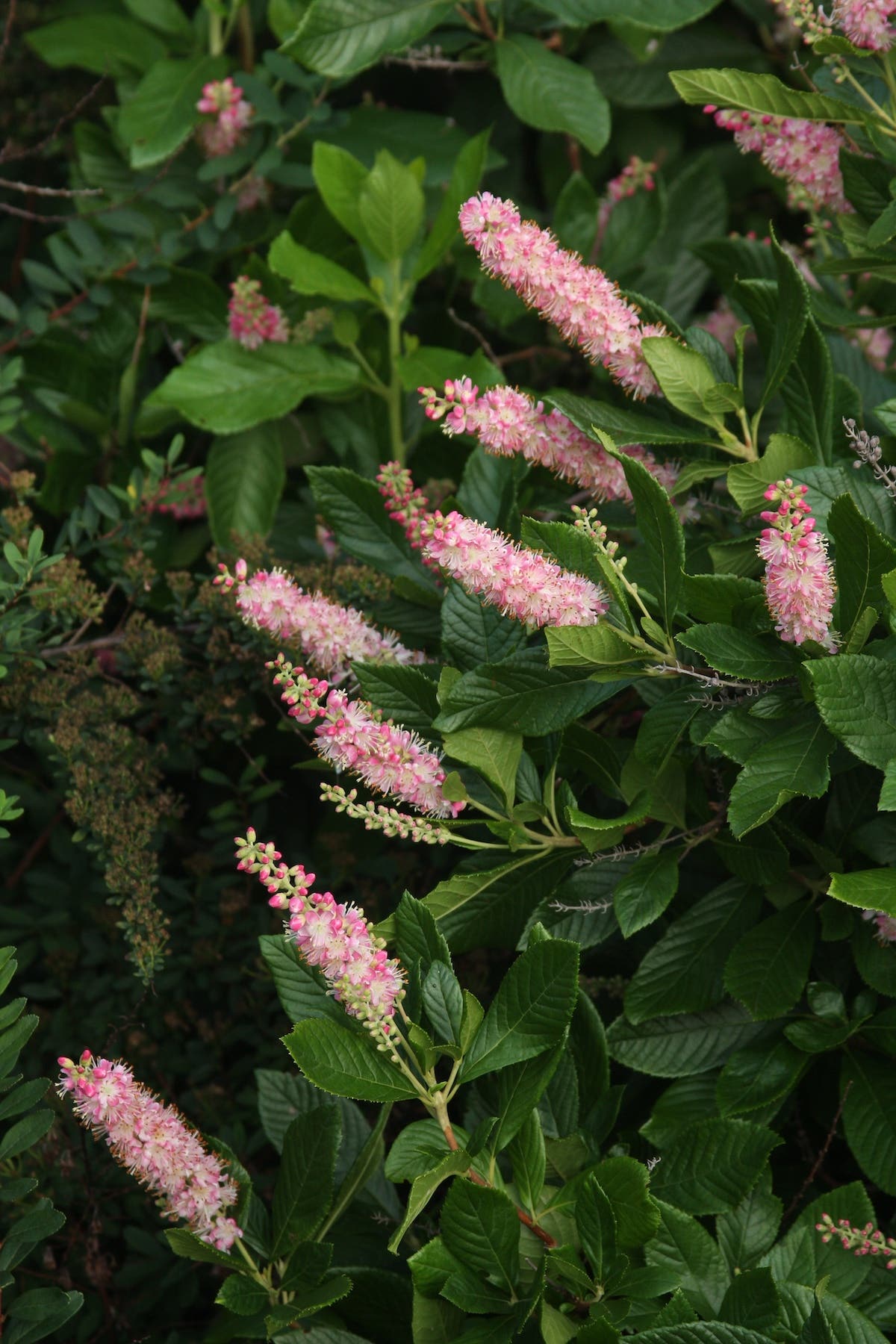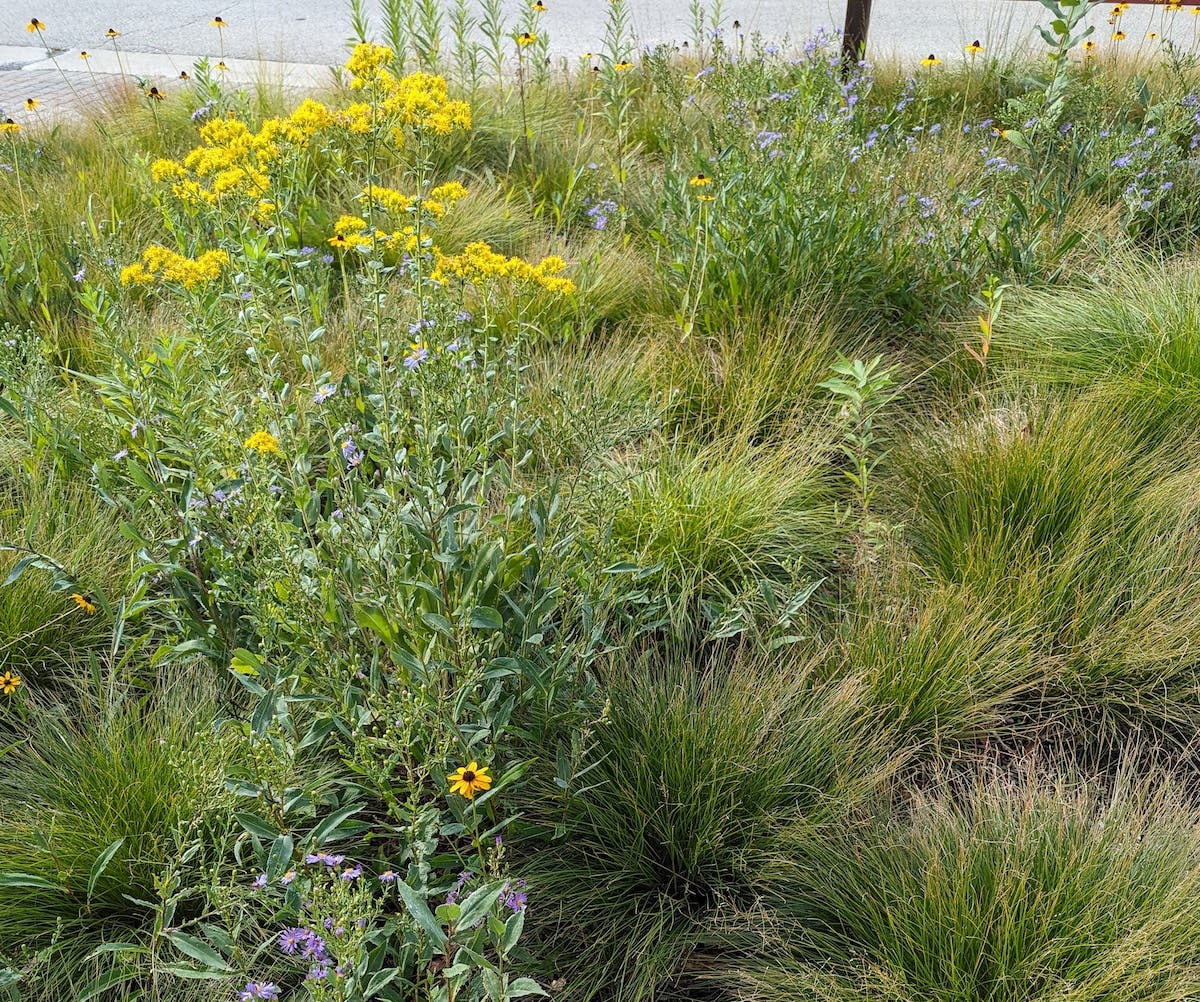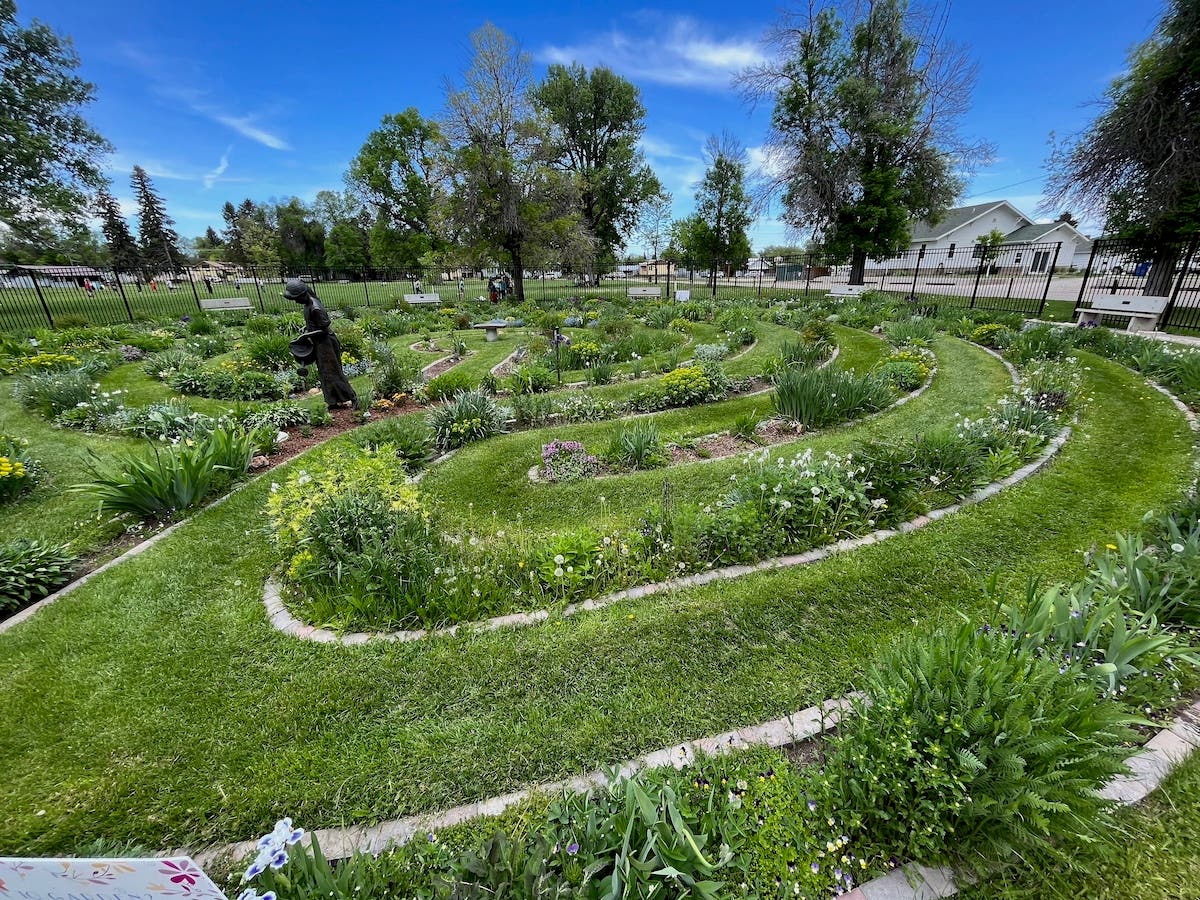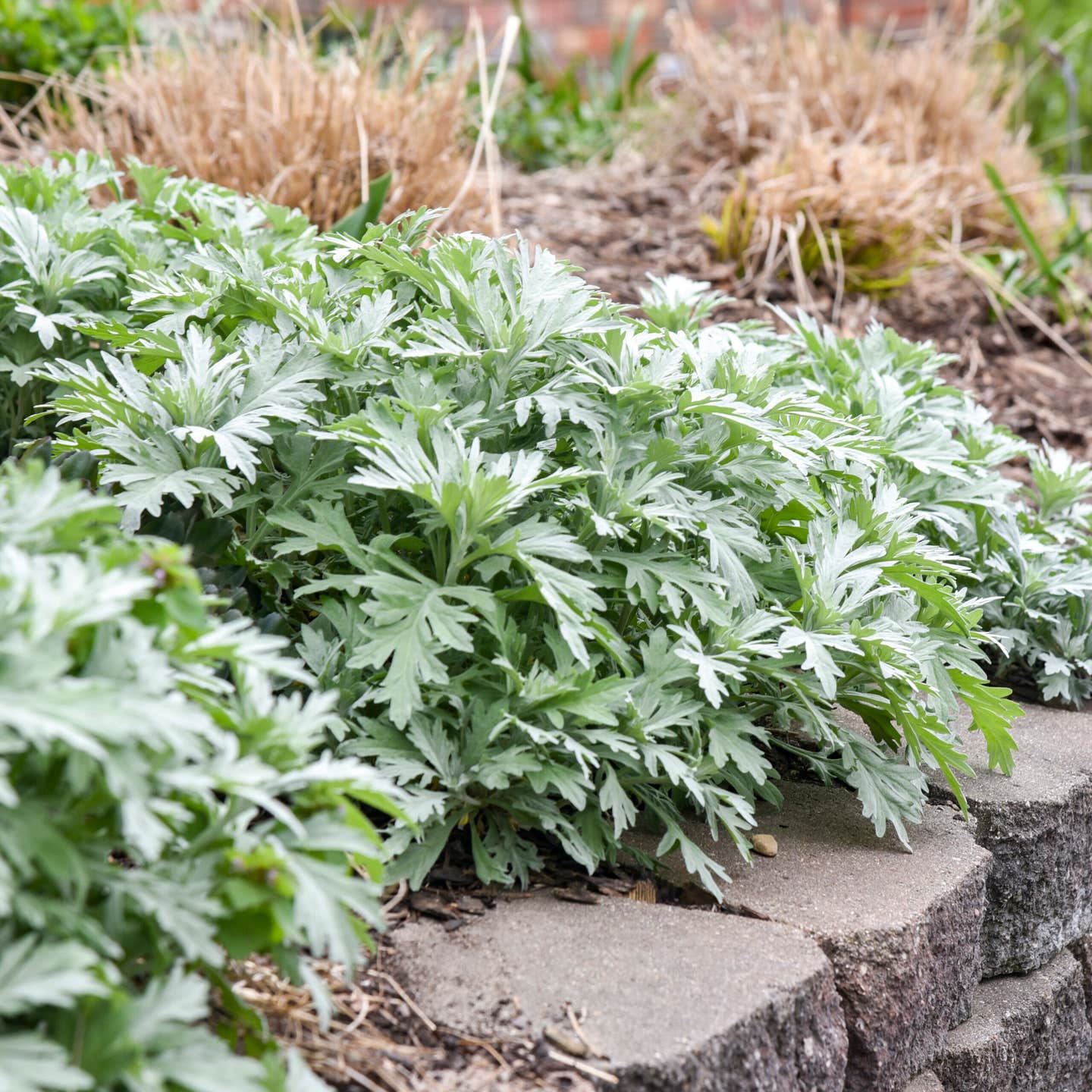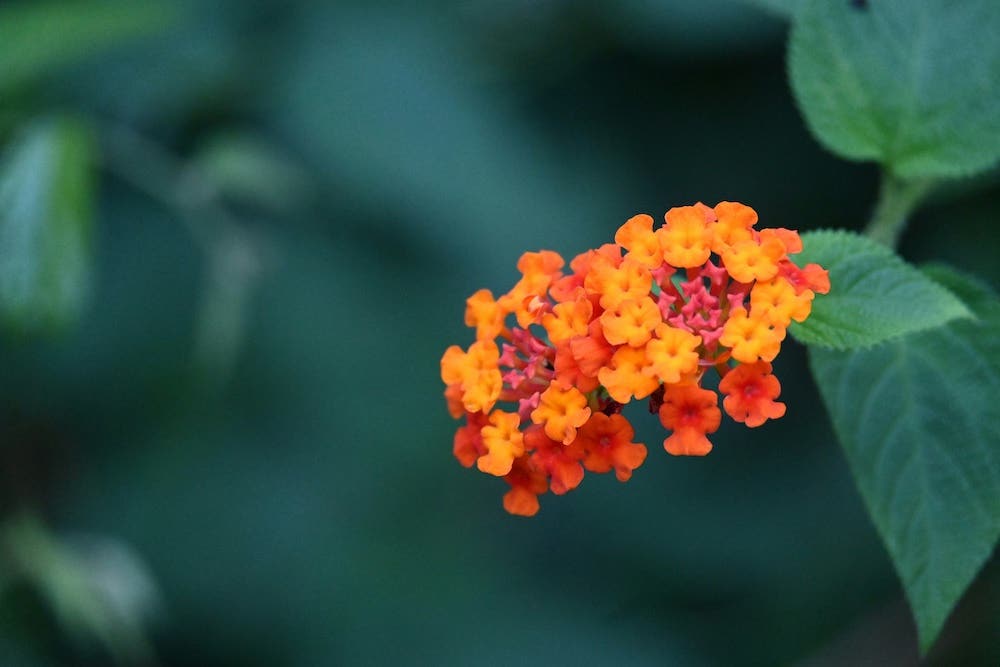Collaborative Gardening with Project EverGreen
Horticulture magazine and Project EverGreen collaborate to install a garden.
Last winter when we gardening types were drooling over seed catalogs on snowy evenings, safely tucked into blankets in front of our fireplaces dreaming of spring, the Horticulture team was also plotting and planning a garden project that would have far-reaching impact beyond the local garden scene.
Horticulture partnered with a non-profit group called Project EverGreen to help them achieve their mission: “… to preserve and enhance green space in our communities for today and future generations.” And so began the search for a third group to complete the collaborative circle—we sought a group in need of assistance with their own garden project. Enter Dave Dyke and the Ohio State University Extension Office in Hamilton County, Ohio.
Dyke had an idea for a green solution, in response to legislation passed in the late 1980s and 1990s (read more at http://msdgc.org/consent_decree/) in conjunction with the Clean Water Act, that would educate citizens on how to help eliminate storm water runoff before it hit the county’s sewage system. The Metropolitan Sewer District in Hamilton County’s antiquated sewer systems were unable to handle the water runoff caused by years of building developments, and thus millions of gallons of untreated waste spilled into the Ohio River every year. Dyke coined the term “Contour Infiltration Planting” for a type of garden that utilizes the ancient practice of contour farming in the urban settings of our home gardens.
The Encyclopedia Britannica defines Contour farming as the practice of tilling sloped land along lines of consistent elevation in order to conserve rainwater and to reduce soil losses from surface erosion. These objectives are achieved by means of furrows, crop rows and wheel tracks across slopes, all of which act as reservoirs to catch and retain rainwater, thus permitting increased infiltration and more uniform distribution.
With our collaborative complete, Dyke and landscape architect Tim Young of Delhi Flower & Garden Center in Cincinnati, Ohio, provided the plans for the garden, Project EverGreen secured donations of all plant materials and most of the topsoil and soil amendments, and Horticulture was on hand to document the process.
The site for the CIP is located in the Delhi Township Parks. An area was chosen that’s situated between a soccer field and playground, both surrounded by asphalt parking lots where water runoff is fed into a swale that drains into the sewer systems. The CIP design called for perennials, bushes and trees to fill in the hillside below the soccer field and above the drain area. As water ran downhill these plants would absorb more of the rainwater runoff and decrease the amount of water that fed into the sewer.
More than just decreasing the strain on the sewer system, the project provided opportunities for volunteer Master Gardeners to lend their services, the plantings beautified a portion of the park that is visited by thousands of people on busy summer weekends, and Dyke has an installation that he can use to educate other gardeners on the benefits of installing a CIP. Watch for a feature in the October/November 2009 issue of Horticulture about the project.
The next phase of the project includes plans for a rain garden installation in that swale that feeds to the sewer system. The rain garden will further utilize overflow with plants that will absorb additional rainwater before it ever reaches the sewer. We hope to have the rain garden installed before end of June 2009. We’ll also share the “after” photos in the June 23 Smart Gardening e-newsletter. (If you’re not already a subscriber sign up now for your free subscription at hortmag.com/enews.)


